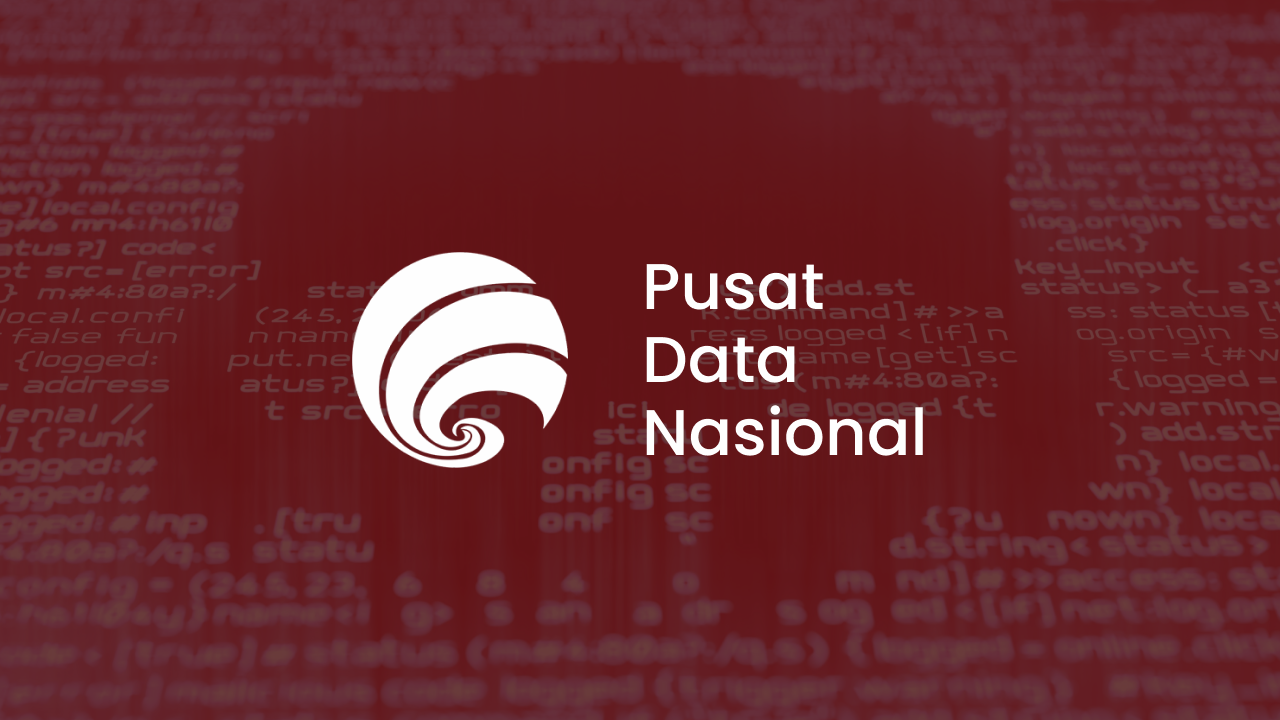By Patricia A. Pramono • Studio 1080, Published on June 06, 2024
TABLE OF CONTENTS
Let's be honest: reading a privacy policy can be downright frustrating. A New York Times analysis of 150 privacy policies found that most of the policies analyzed took more than 10 minutes each to read and required a reading ability above college level (FlowingData) (The Living Library). This complexity often stops users from thoroughly reading and understanding what they are agreeing to, which can be risky.
Why Privacy Policies Matter
Skipping privacy policies can lead to several potential dangers. First, you may unknowingly consent to the collection and sharing of more personal information than you are comfortable with. This data can include sensitive details such as your location, browsing habits, and even financial information. Second, some privacy policies may permit the company to share your data with third parties, including advertisers and data brokers, which can result in unwanted marketing and spam. Lastly, without understanding the privacy policy, you may miss important details about how to opt out of certain data practices and how to access or delete your data.
So, it is crucial to invest time in reading and understanding privacy policies. Doing so empowers you to make informed decisions about your personal data and ensures that you are aware of how your information is being handled.
Privacy policies act as a contract between a company and its users. If a company handles information in a way that is inconsistent with what its privacy policy states, it could be liable under some regulations, which prohibits deceptive or unfair practices, emphasizing the need for transparency in handling personal data.
The Easy Guide to Read & Review Privacy Policies
-
Start with the Basics:
-
Look for the date of last update
-
Identify the types of data collected (e.g., personal, financial, health)
-
Check how the data is collected (e.g., directly from you, through cookies)
-
Understand Data Usage:
-
Determine why the data is being collected
-
Look for information on how the data will be used (e.g., for marketing, improving services)
-
Data Sharing:
-
Identify third parties the data is shared with
-
Understand the reasons for data sharing (e.g., service providers, affiliates)
-
Security Measures:
-
Look for descriptions of how your data is protected
-
Check for information on encryption, access controls, and other security measures
-
Your Rights:
-
Identify your rights regarding your data (e.g., access, correction, deletion)
-
Check how you can exercise these rights (e.g., contact information, forms)
-
Cookies and Tracking:
-
Understand what cookies are used and their purpose
-
Look for options to manage cookie settings
When you begin reading a privacy policy, start with the basics. Look for the policy’s date of last update, as this can indicate how current the information is. Next, identify the types of data collected, such as personal, financial, or health data, and understand how this data is collected—whether directly from you or through methods like cookies.
Understanding data usage is crucial. Determine why the data is being collected and look for information on how it will be used, such as for marketing or improving services. Pay attention to data sharing practices as well. Identify third parties with whom your data might be shared and understand the reasons behind this sharing, such as with service providers or affiliates.
Security measures are another critical aspect. Look for descriptions of how your data is protected, including details about encryption, access controls, and other security protocols. Your rights regarding your data should also be clearly stated. Identify what rights you have, such as access, correction, or deletion of your data, and check how you can exercise these rights through contact information or forms provided in the policy.
Additionally, understand the use of cookies and tracking technologies. Learn what types of cookies are used, their purposes, and look for options to manage your cookie settings.
What to Look For
-
Clear Language: The policy should be easy to understand without excessive and complicated legal terms
-
Comprehensive Coverage: Ensure all aspects of data handling are covered
-
Contact Information: There should be clear instructions on how to contact the company for privacy concerns
-
User Control: Look for information on how you can control your data, such as opting out of data collection
A good privacy policy should be written in clear, easy-to-understand language without a lot of complicated legal jargon. Comprehensive coverage is essential to ensure all aspects of data handling are addressed. Look for contact information so you can easily reach out to the company with privacy concerns. User control is also important—make sure the policy explains how you can control your data, such as opting out of data collection or marketing.
Red Flags
- Vague Terms: Be wary of ambiguous terms that leave room for broad interpretations
- Excessive Data Collection: Watch out for policies that collect more data than necessary
- Lack of Security Details: A lack of information on how your data is protected
- Difficult Opt-Out Processes: Complicated or unclear processes for opting out of data collection or marketing
Be cautious of vague terms that allow for misinterpretations. Policies that collect more data than necessary are also a concern. A lack of security details is a significant red flag, as is a complicated or unclear process for opting out of data collection or marketing. These issues can indicate poor privacy practices and should be carefully considered.
Conclusion
While reading privacy policies can be tedious, taking the time to understand them is vital for protecting your personal information. By following this guide, you can navigate these documents more effectively, identify important elements, and recognize potential red flags. Stay informed and proactive about your digital privacy to ensure your data is handled responsibly.
References:
-
https://flowingdata.com/2019/06/13/readability-of-privacy-policies-for-big-tech-companies/
-
https://thelivinglib.org/we-read-150-privacy-policies-they-were-an-incomprehensible-disaster/
-
https://www.lexology.com/library/detail.aspx?g=f3d733e8-b6ac-4dc9-bf27-870ca878d9fd
-
https://www.nytimes.com/wirecutter/blog/what-are-privacy-policies/
-
https://cdt.org/insights/how-to-read-a-privacy-policy-advice-from-cdt-experts/
- https://proton.me/blog/how-to-read-privacy-policy





